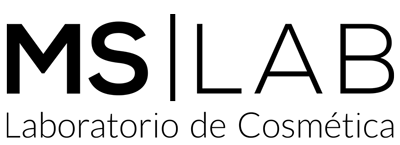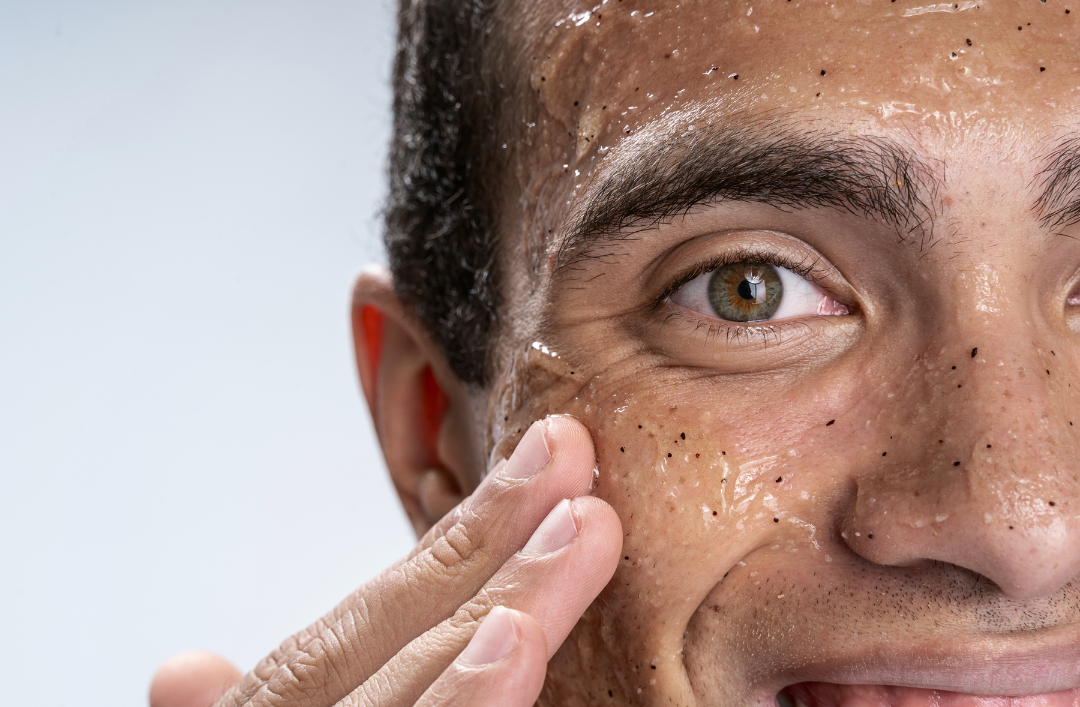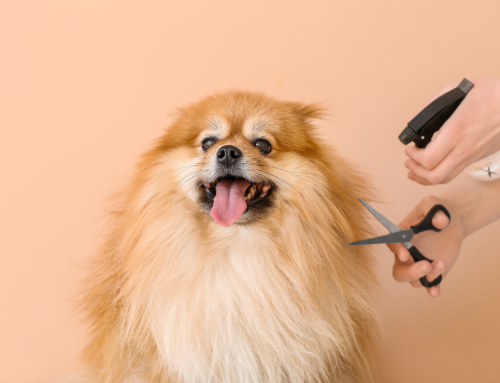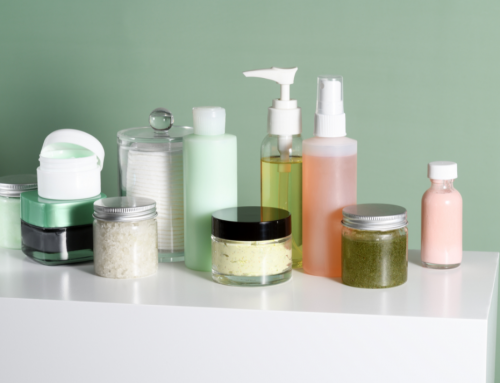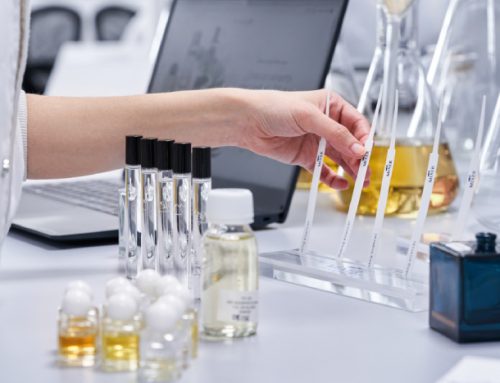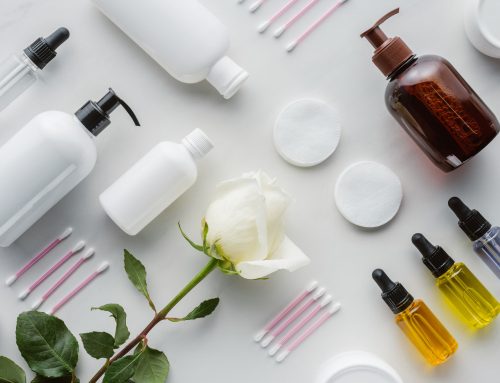Men’s Cosmetics: Why It’s the Fastest-Growing Segment and How to Take Advantage of It
Men’s cosmetics has evolved beyond a passing trend to become a category experiencing sustained growth. In recent years, a paradigm shift in men’s personal care habits—driven by social, cultural, and digital changes—has challenged brands, OEM laboratories, and distributors to rethink their strategies.
What was once a niche limited to shaving products and colognes has now expanded into a wide range of tailored solutions: from men’s skincare, anti-aging treatments, and beard care, to sports-focused and skin-type-specific formulations. This evolution is not just about supply—it’s driven by a new male consumer: more conscious, demanding, and seeking functional, personalized, and identity-driven products.
Why the Boom? Trends and Triggers Behind the Demand
The rise of male grooming has been fueled by the increased visibility of public figures and influencers promoting self-care routines. Simultaneously, online content like tutorials and reviews has empowered men to explore products with confidence and precision.
According to Statista and Euromonitor, the global male grooming market exceeded $75 billion in 2023 and is expected to reach $115 billion by 2028. Europe is one of the fastest-growing regions, with a strong focus on facial care, anti-aging, and beard products.
Moreover, men’s buying behavior has shifted. Cosmetics are no longer a necessity-driven purchase but an extension of lifestyle, visual identity, and holistic well-being. This has created opportunities for segmentation: vegan men’s lines, premium executive care, or active-lifestyle grooming solutions for athletes and frequent travelers.
This article is designed for entrepreneurs, niche brands, distributors, and industry professionals looking to capitalize on this evolution. Backed by a trusted OEM/ODM partner like MS Cosmetics Lab, your brand can enter this booming market with confidence.

1. New Consumer Habits Among Men and Their Impact on Cosmetics
What Changed in Men’s Relationship with Personal Care
For decades, cosmetics were perceived as strictly feminine territory. However, millennials and Generation Z have transformed this paradigm. Today, discussing skincare routines, serums, or anti-aging treatments is no longer exclusive to a female audience. Modern men are increasingly interested in products that help them look and feel good.
This change isn’t only linked to cultural evolution but also to factors such as:
-
The rise in remote work
-
The emphasis on comprehensive wellness
-
Increased market availability
Today, men have more information, more options, and fewer social barriers to incorporating cosmetic products into their daily routine. Additionally, the influence of celebrities, athletes, and content creators sharing their care routines has amplified the visibility of men’s cosmetics.
Generational Shifts in Shopping Behavior
A clear shift has occurred in how younger men shop:
-
They value the online shopping experience
-
Actively seek product reviews
-
Are willing to pay more for items aligned with their values:
-
Natural ingredients
-
Sustainable packaging
-
The result: a more informed, selective, and innovation-ready consumer.
Emotional Well-Being and Self-Care
Emotional well-being has taken center stage. Skin, hair, and beard care are now seen as part of a broader self-care routine, influencing:
-
Self-esteem
-
Professional image
-
Quality of life
Factors Driving This Demand
-
Exposure to social media and male influencers
-
New beauty and self-esteem standards
-
More men engaging in gyms, spas, and skincare centers
-
Normalization of cosmetic use as part of daily care
Types of Male Consumers
-
Traditional: seek functional, simple products (e.g., shaving gel, aftershave)
-
Conscious: prefer natural, paraben-free, or cruelty-free options
-
Premium: invest in high-end treatments and designer brands
-
Multifunctional: value practicality (e.g., 3-in-1 products, fast results)
2. Rising Categories: Grooming, Anti-Aging, Beard Care, and More
Comprehensive Grooming: Face, Body, and Hair
Men’s cosmetics now go beyond aftershave. Common daily grooming products include:
-
Facial cleansers: gels, foams, exfoliants
-
Moisturizers: light creams, gel-textured lotions
Men’s Anti-Aging Cosmetics: Specific Needs
Men’s skin is thicker, produces more sebum, and often ages more abruptly. Popular solutions:
-
Serums with retinol or hyaluronic acid
-
Anti-fatigue eye treatments
-
Sunscreens with antioxidants
Beard Care: Beyond the Trend
Beards have become part of many men’s identity, requiring specific grooming products:
-
Nourishing oils
-
Shaping balms
-
Specialized shampoos
-
Wooden combs and brushes
Emerging Subcategories
The male grooming sector continues to expand with targeted innovations:
-
Skincare tailored by skin type
-
Post-workout solutions: refreshing sprays, antibacterial cleansers
-
Multifunctional products:
-
Hydrating toners with astringent effects
-
Cleansing + energizing hybrid gels
-
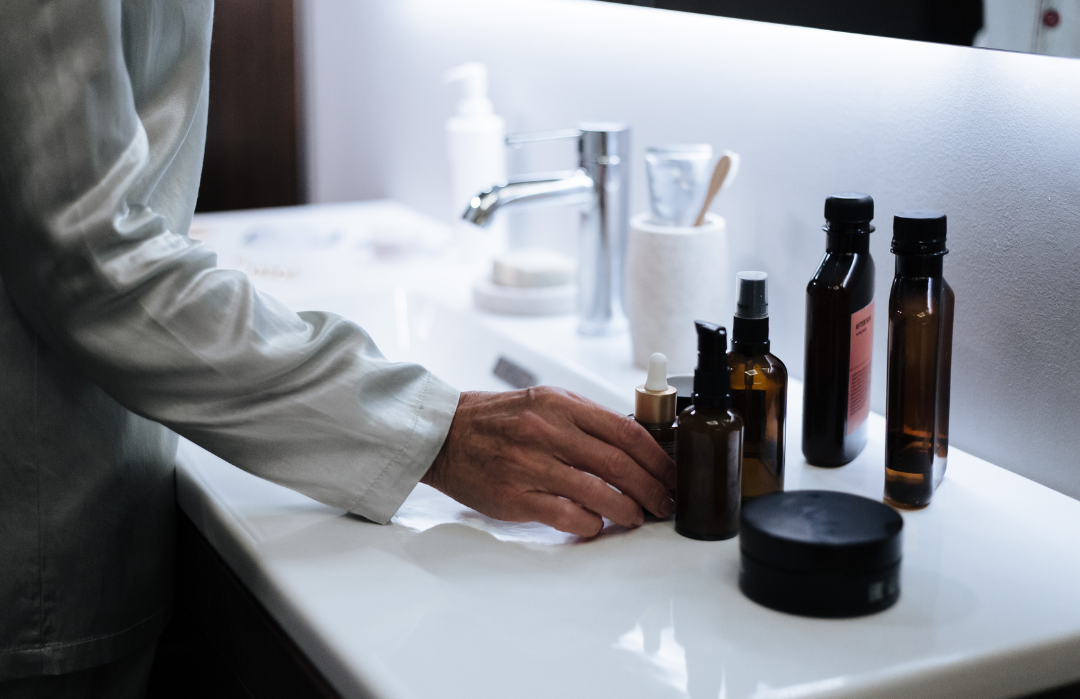
3. How to Design a Men’s Line That Connects with Your Audience
Branding and Packaging: Functionality and Authenticity
Men value simple, practical packaging with a minimalist design. Key tips to consider:
-
Subtle color palette: black, gray, blue, olive green
-
Clear typography and straightforward names
-
Fresh, woody, or herbal fragrances
-
Light, quick-absorbing textures
Beyond aesthetics, packaging must convey confidence and align with brand values. Sustainability is increasingly important: using recyclable or biodegradable materials can be a differentiator for conscious consumers. Functional visual features—like airless systems, magnetic closures, or precise dispensers—reinforce the perception of quality.
Product design should reflect the lifestyle of the target audience. For example:
-
Compact, durable formats for gym-goers or frequent travelers
-
Premium packaging (e.g., dark glass, brushed aluminum) for high-end positioning
The guiding principle is clear: less is more. Visual simplicity should support functionality.
Good design also evokes emotions and perceptions. Men’s cosmetics should avoid rigid stereotypes and embrace a more diverse, modern masculinity. Well-designed products balance functionality and self-expression, strengthening emotional connection.
A final but crucial aspect is consistency between design and communication. A modern package must be accompanied by clear messaging:
-
Why the product matters
-
How to use it
-
What makes it unique
Visual codes—icons, instructions, benefit highlights—enhance usability and brand storytelling.
Brands with a refined, coherent aesthetic that aligns with male values tend to stand out faster. In short, creating a successful men’s line requires both strategic thinking and aesthetic sensitivity.
Effective Communication: No Clichés or Exaggerations
Avoid outdated masculine clichés. Instead:
-
Use clear, honest language
-
Highlight tangible benefits (“all-day hydrated skin”, “smooth beard without irritation”)
-
Choose authentic ambassadors: barbers, trainers, professionals
Recommended starter line:
-
Gentle facial cleanser
-
Energizing moisturizer
-
Anti-fatigue eye cream
-
Beard oil
-
Strengthening shampoo
-
Post-shave balm
4. Opportunities for Niche Brands and Distributors
Why Now Is the Ideal Time to Enter the Men’s Market
This is a high-potential moment. The men’s segment shows:
-
Less saturation than women’s cosmetics
-
Strong brand loyalty once the right product is found
-
Increasing male participation in online purchasing
This context creates a unique opportunity for brands looking to differentiate themselves in a competitive landscape. The men’s category is growing not only in volume, but in sophistication—consumers seek authenticity, efficacy, and purpose.
Unlike the women’s market, still-developing men’s cosmetics allow early brand positioning. The aspirational effect also drives peer recommendations, especially in environments like:
-
Barbershops
-
Gyms
-
Workspaces
-
Social media
Targeting Niche Audiences
Brands can design product lines tailored to specific male profiles:
-
Athletes
-
Urban professionals
-
Teens
-
Mature skin consumers
These niches show high willingness to spend when they feel the product is made specifically for them.
High-potential areas:
-
Products for bald men: lotions, exfoliants, sunscreens
-
Solutions for sensitive or reactive skin
-
Eco-friendly and vegan men’s lines
-
Products for extreme climates
-
Complementary aesthetic treatments: anti-redness, depigmenting, pre/post-barber care
Recommended Sales Channels
-
E-commerce with educational content and tutorials
-
Premium barbershops and salons
-
Boutique perfumeries and concept stores
-
Specialized marketplaces
-
Subscription models with customized kits
Added Value of Working with an OEM/ODM Laboratory
At MS Cosmetics Lab, we provide:
-
Exclusive formulation development for the male market
-
Full support in branding and ingredient selection
-
A wide customizable catalog
-
Flexible production capabilities
-
Full regulatory compliance and certified quality
Conclusion
Today’s men’s cosmetics market is one of the most dynamic and promising in the beauty sector. With consumers who are more informed and invested in their care routines, brands that anticipate and meet these needs will lead the next wave.
Creating a successful men’s line means:
-
Understanding the target audience
-
Offering functional, high-quality products
-
Communicating with authenticity
-
Partnering with a strategic, expert laboratory
At MS Cosmetics Lab, we’re that partner. We support you from the first idea to product launch, crafting a proposal that resonates with the habits of the modern man.
Contact us and let’s build something extraordinary together.
